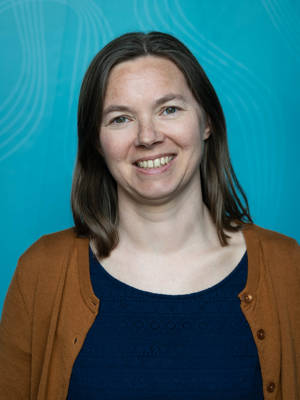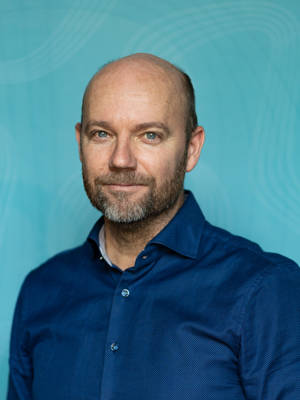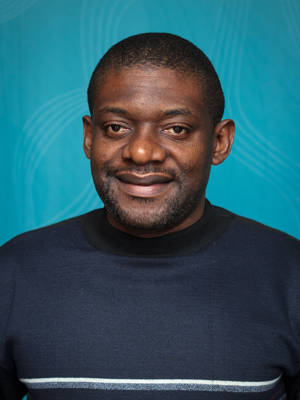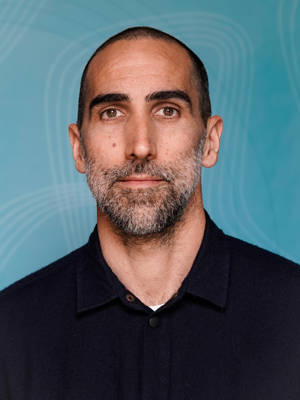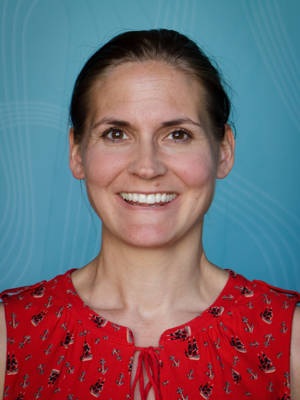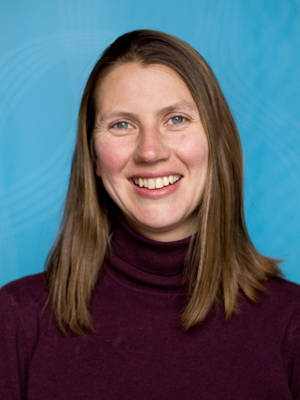How do aid providers address systematic horizontal (group) inequalities in their work, and does aid help alleviate such inequalities?
The project builds on the Armed Conflict and Maternal Health project, Marie Curie ITN, and inequality mapping exercise for USAID. There has been extensive data collection - both of quantitative and qualitative data - prior to the project start-up.
There is a particular focus on Sub-Saharan Africa, in particular Ethiopia, Nigeria, Uganda.
This 4-year project is funded by the Research Council of Norway
Global partners
- Economic Policy Research Centre, Makerere University (Uganda)
- Department of Political Science and Administrative Studies, University of Port Harcourt (Nigeria)
- Center for Population Studies, Addis Abeba University (Ethiopia)
International Advisory Board
- Johanne Sundby, International Health, UiO
- Sunniva Engh, History of DA, Norwegian Institute for Defence Studies
- Frances Stewart, Development Economics, University of Oxford
Research Package 1
How do different forms of inequality affect the distribution of Development Aid?
Research Question 1.1
What are the key patterns in the distribution of DA in Sub-Saharan Africa and how are they associated with horizontal inequalities?
Research Question 1.2
How does the understanding of inequalities affect the institutional priorities shaping where DA is distributed?
Research Package 2
How does DA affect group inequalities?
Research Question 2.1
How does the distribution of development aid affect horizontal inequalities in countries with and without a history of violent conflict?
Research Question 2.2
How does development aid influence local-level health outcomes, including health inequalities between ethnic and religious groups?

